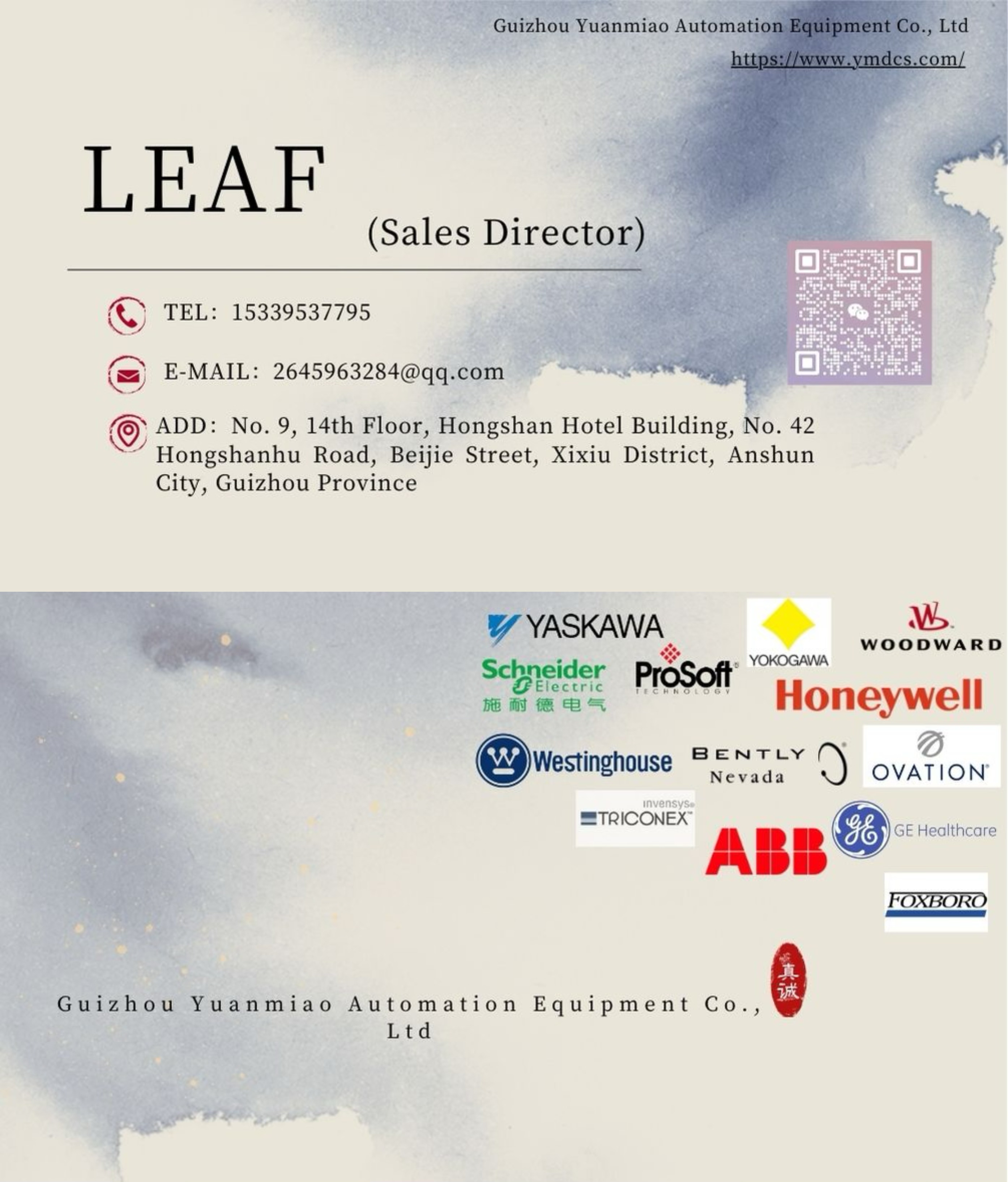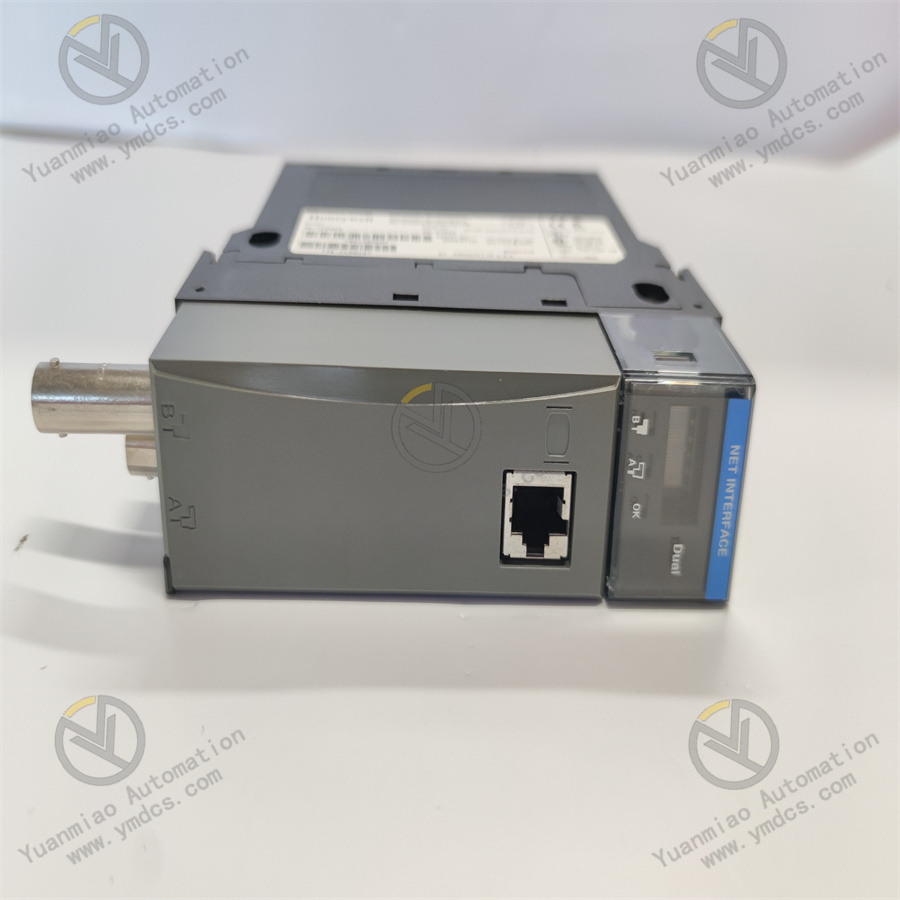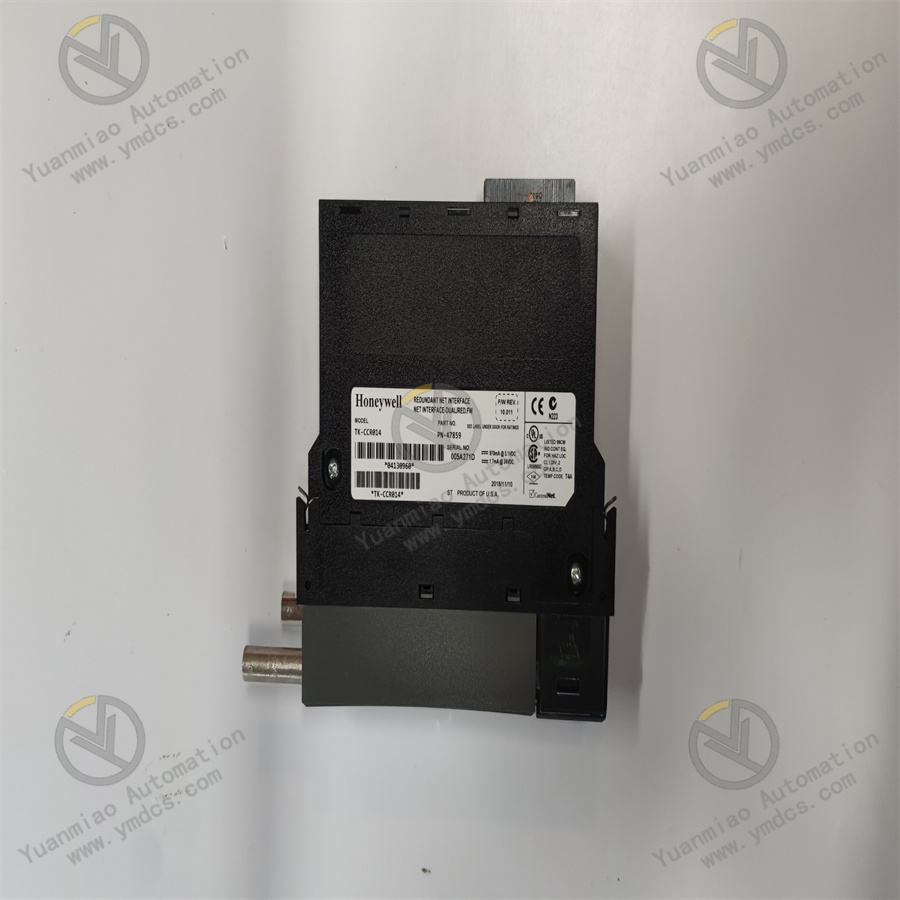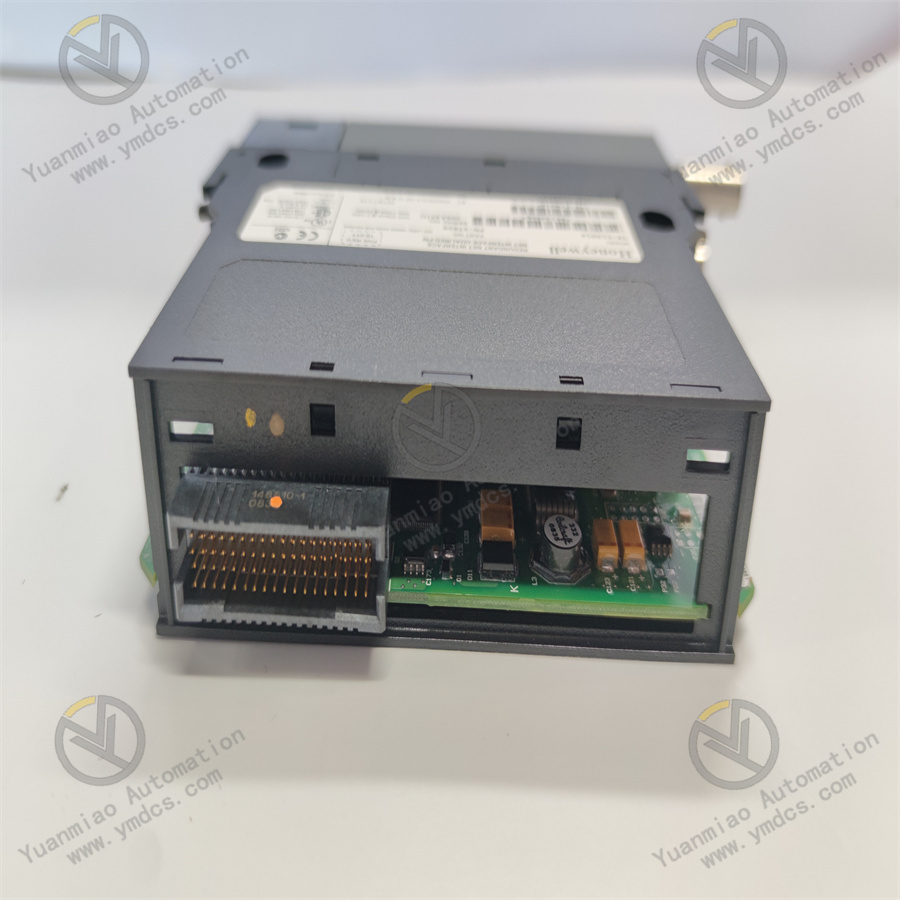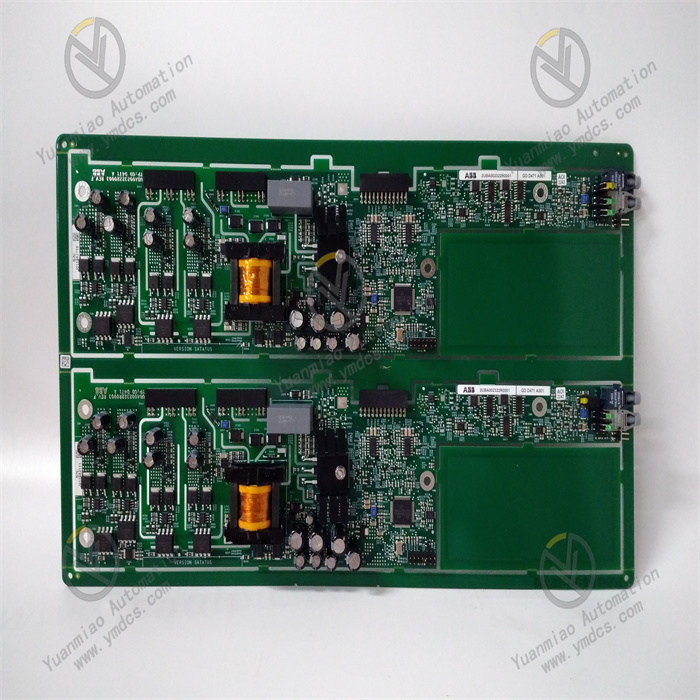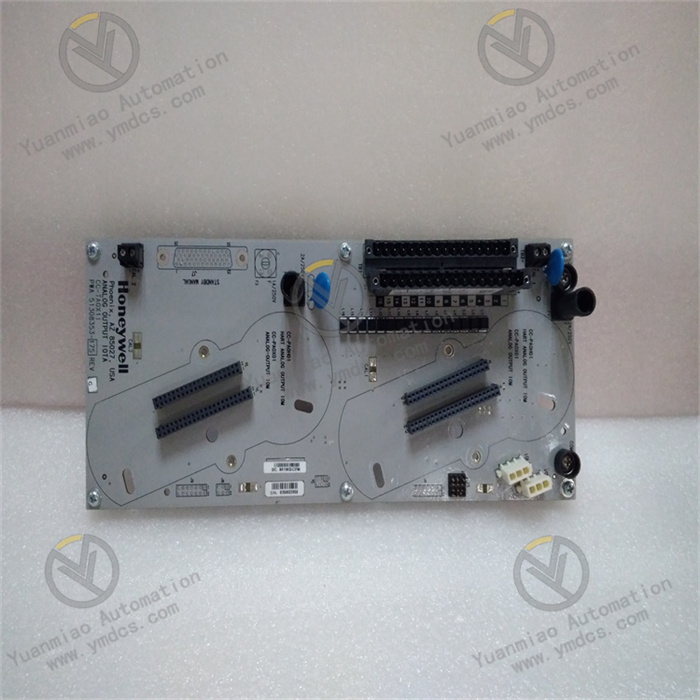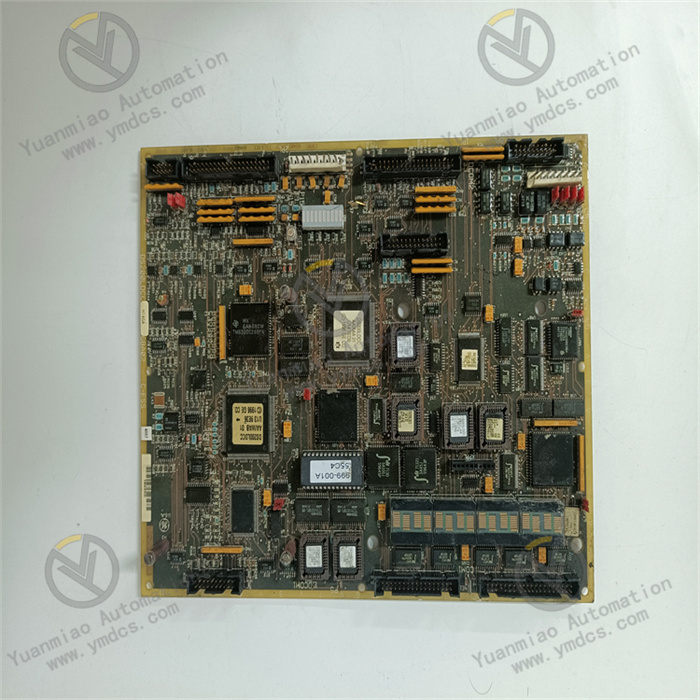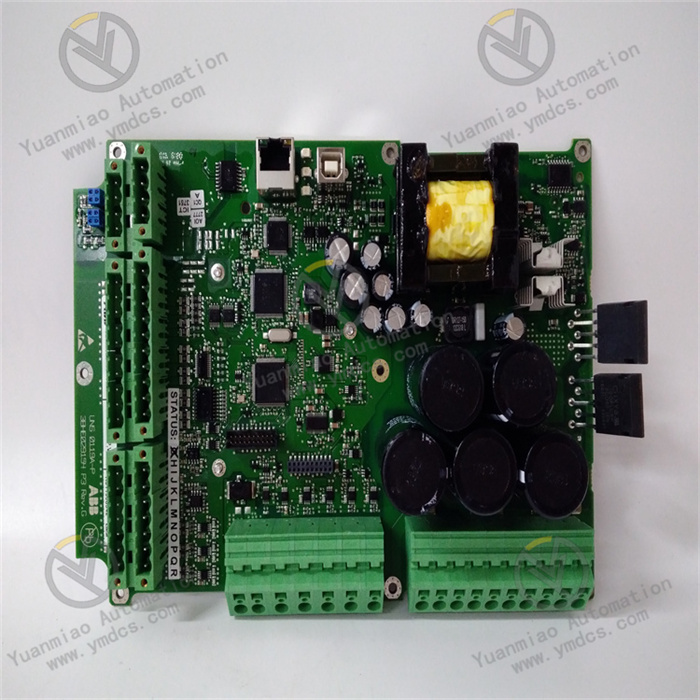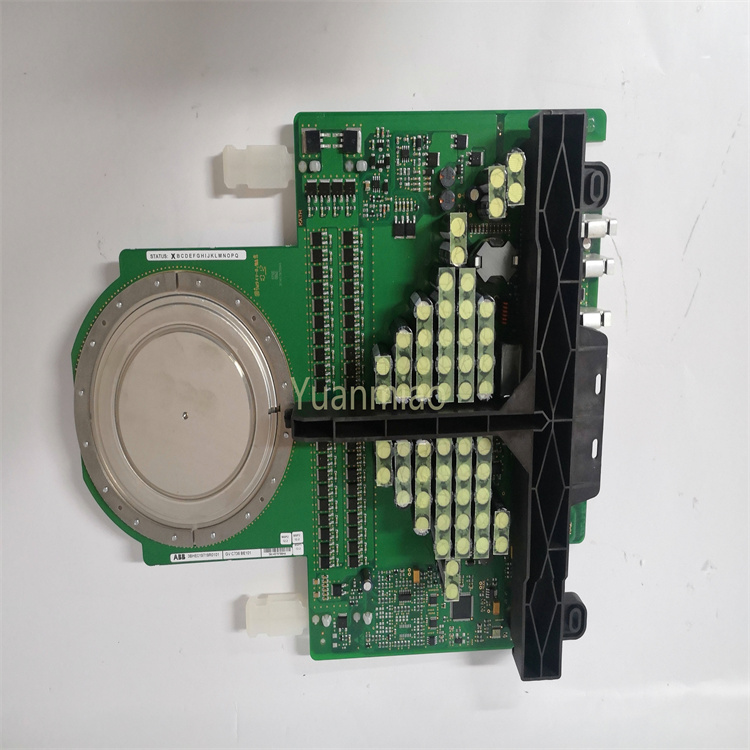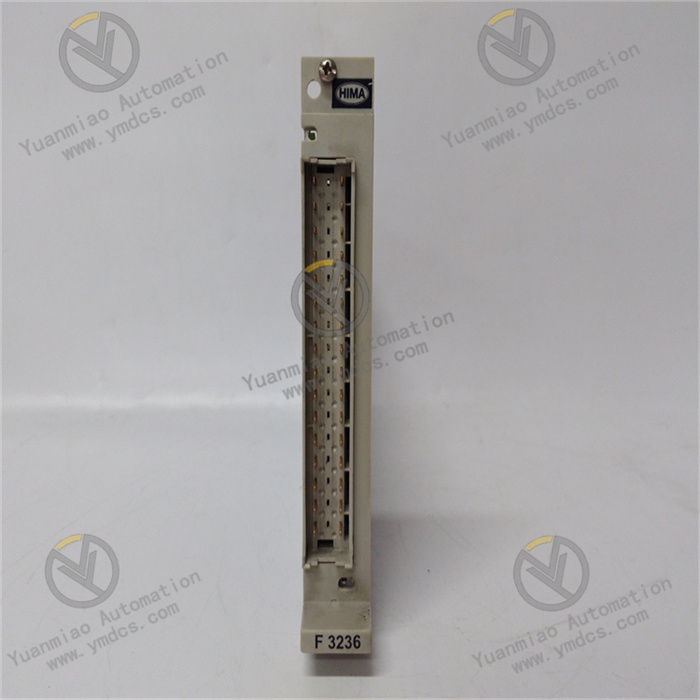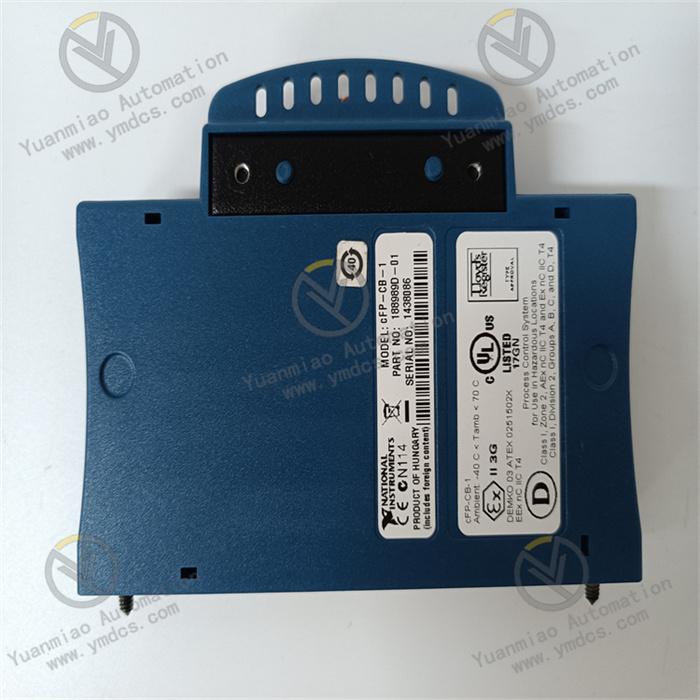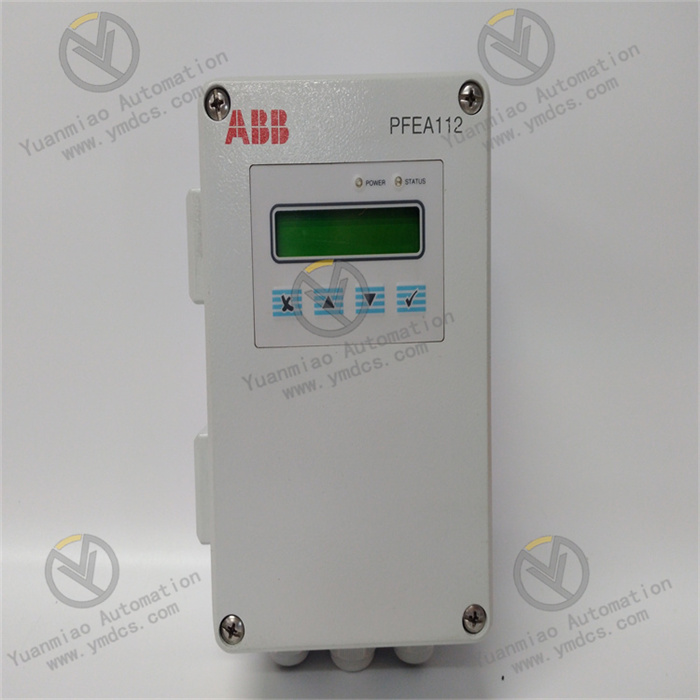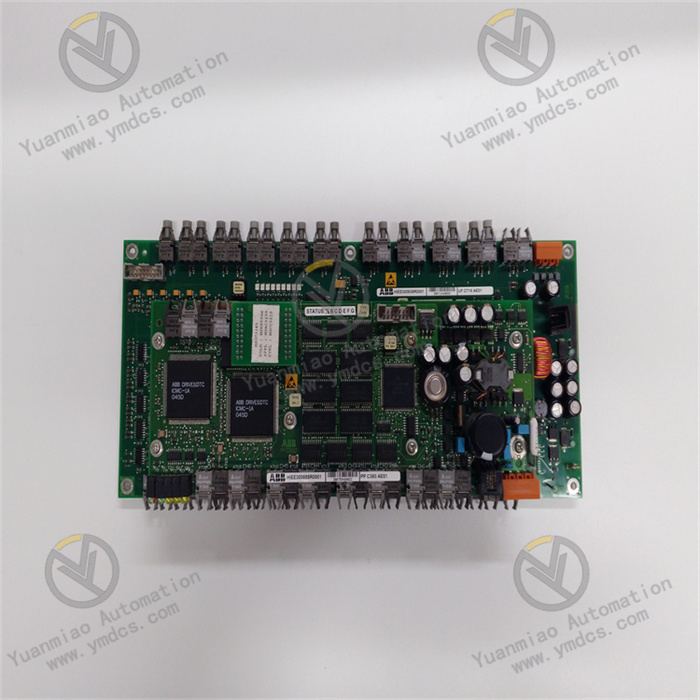Description
Functional Features 1. Data Communication and Control: As a possible communication or control module, it may support multiple communication protocols, such as Ethernet, serial communication, etc., and be able to interact with other devices (such as sensors, actuators, host computers, etc.) for data transmission and control commands. For example, it can transmit the data collected by sensors to the host computer for analysis and processing, and at the same time receive control commands from the host computer to operate the actuators. 2. High-precision Measurement and Monitoring: It has high-precision measurement functions and can accurately measure and real-time monitor various parameters in industrial processes (such as temperature, pressure, flow rate, etc.). Through built-in high-precision sensors or interfaces, it can accurately obtain data and convert it into digital signals for processing and transmission. 3. Reliability and Stability: It uses high-quality electronic components and advanced manufacturing processes, has strong anti-interference ability, and can operate stably in harsh industrial environments (such as high temperature, high humidity, strong electromagnetic interference, etc.). At the same time, it may have fault diagnosis and self-protection functions, and can timely detect and take corresponding measures when abnormal situations occur to ensure the reliability and stability of the equipment. 4. Flexible Configuration: Users can flexibly configure the module according to actual application requirements, such as setting input and output parameters, adjusting communication parameters, selecting the measurement range, etc. Through software or hardware configuration tools, it can quickly adapt to different industrial control scenarios. 5. Multiple Input and Output Interfaces: It has multiple types of input and output interfaces, such as analog input and output interfaces, digital input and output interfaces, etc., and can connect various sensors and actuators to achieve precise control of industrial processes.
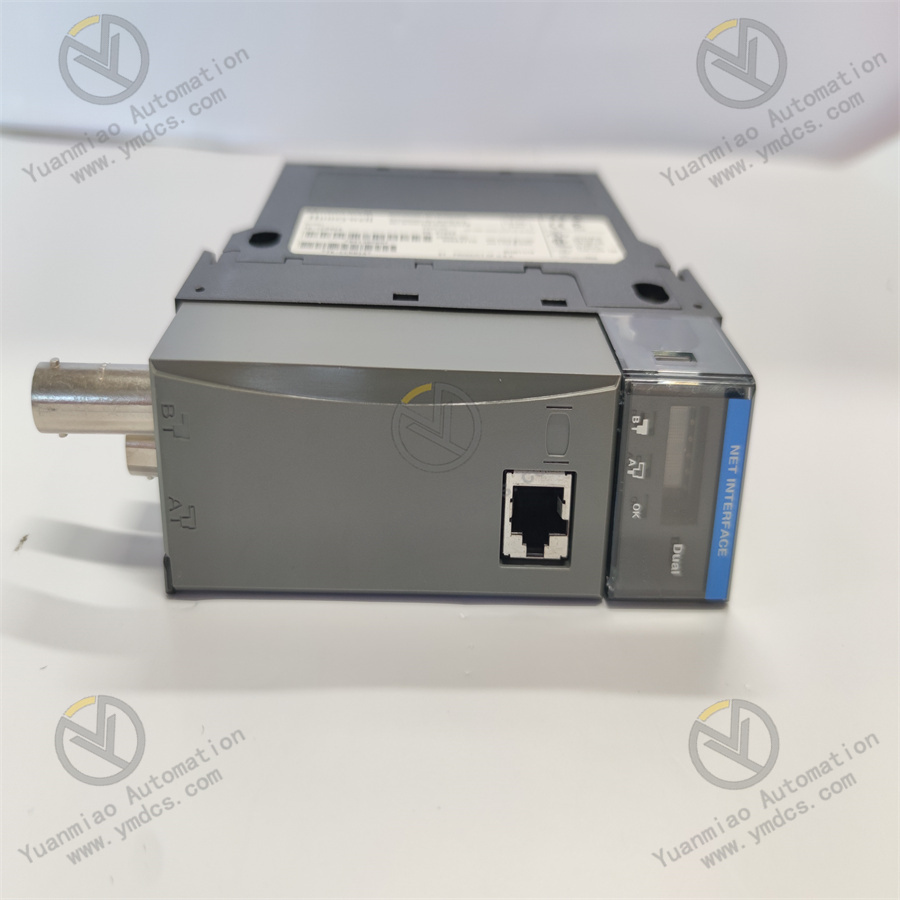
Technical Parameters 1. Power Supply Voltage: It may require a specific power supply voltage, such as 24V DC or 220V AC, etc., to ensure the normal operation of the equipment. 2. Communication Rate: The rate of the communication interface may vary. For example, the Ethernet communication rate can reach 10/100Mbps, and the serial communication rate can reach from 9600bps to 115200bps, etc. 3. Measurement Accuracy: The measurement accuracy of analog quantities may reach a certain percentage, such as ±0.1% FS (full scale), and the digital input and output have high reliability and response speed. 4. Input and Output Channels: It may have multiple analog input and output channels and digital input and output channels, and the specific number may vary depending on the model. For example, it has 8 analog input channels, 4 analog output channels, 16 digital input channels, and 8 digital output channels. 5. Operating Temperature Range: The general operating temperature range may be around -10°C to 55°C to adapt to different industrial environment temperatures.
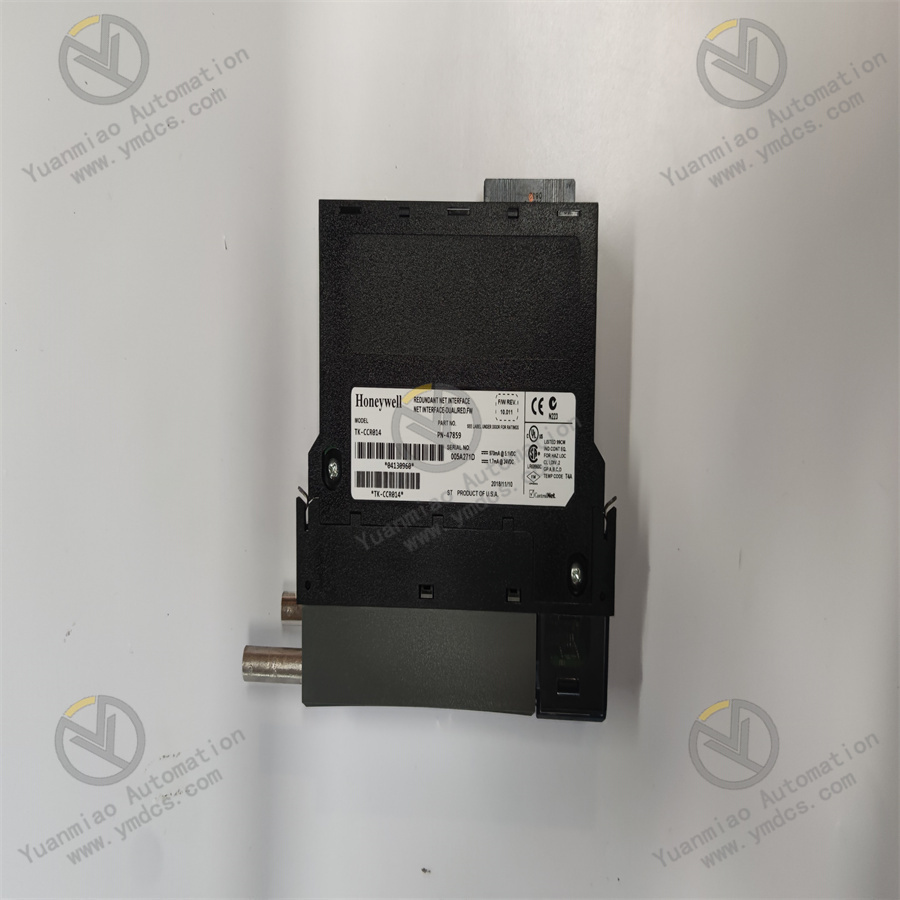
Application Areas 1. Industrial Automation Production Lines: In the automation production lines of industries such as automotive manufacturing and electronic manufacturing, it is used to control and monitor various parameters in the production process to achieve the automation and intelligence of the production process and improve production efficiency and product quality. 2. Power Systems: It can be used for monitoring the equipment status in substations, such as measuring and monitoring parameters such as the oil temperature, voltage, and current of transformers to ensure the stable operation of the power system. At the same time, it can participate in the control of the power distribution system to achieve the reasonable distribution and management of electricity. 3. Chemical Industry: In the chemical production process, it can real-time monitor and control parameters such as the temperature, pressure, and liquid level of the reaction kettle to ensure the safety and stability of chemical production. For example, by measuring and controlling the temperature and pressure inside the reaction kettle, it ensures the smooth progress of chemical reactions. 4. Smart Buildings: It participates in the automation control system of smart buildings, monitors and controls systems such as the air conditioning system, lighting system, and elevator control system to achieve the intelligent management of the building and energy optimization. For example, according to the environmental temperature and personnel needs, it can automatically adjust the operating status of the air conditioning system to achieve energy conservation and comfortable environmental control.
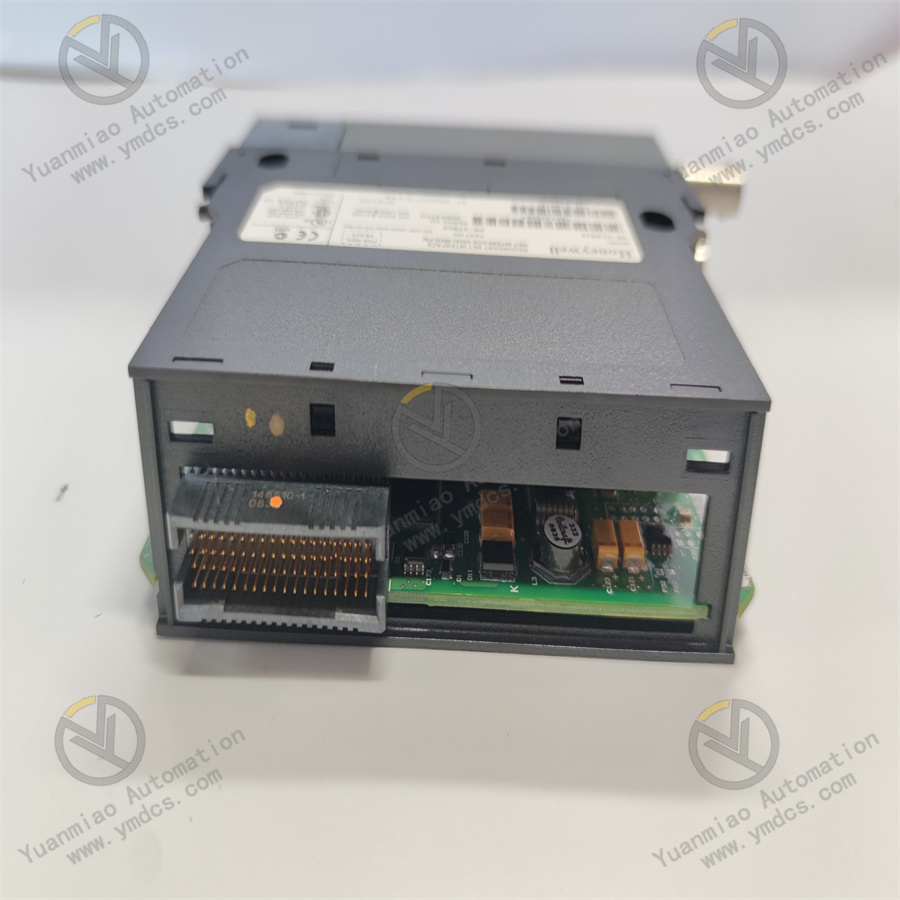
Common Faults and Solutions 1. Communication Faults Reasons: Damaged communication cables, loose communication interfaces, incorrect communication parameter settings, communication module failures, etc. Solutions: Check whether the communication cables are properly connected and if there is any damage, and replace the cables if there are problems; check whether the communication interfaces are loose and re-plug them; confirm whether the communication parameter settings, such as baud rate, data bits, stop bits, etc., are correct, and re-set the correct parameters; if the communication module is suspected to be faulty, use professional detection equipment for detection and replace the module if there are problems. 2. Measurement Errors Reasons: Sensor failures, interference of input signals, improper setting of the measurement range, internal circuit failures of the module, etc. Solutions: Check whether the sensors are working properly and replace the faulty sensors; take electromagnetic shielding measures to reduce the interference of input signals; check whether the measurement range setting is reasonable and adjust the measurement range according to the actual signal size; if internal circuit failures of the module are suspected, use professional detection equipment for detection, find the fault points and repair or replace the relevant components. 3. Power Supply Faults Reasons: Damaged power supply modules, abnormal power input (such as unstable voltage, reverse polarity, etc.). Solutions: Check whether the power supply modules have phenomena such as overheating and damage, and replace the faulty power supply modules; check whether the power input voltage is within the allowable range of the equipment and whether the power polarity is correct to ensure normal power input. 4. Module Faults Reasons: Damaged electronic components, overvoltage, overcurrent, too high or too low environmental temperature, etc. Solutions: Use professional detection equipment to detect the module, find and replace the faulty components; check whether the module is affected by overvoltage and overcurrent and take corresponding protection measures, such as installing overvoltage and overcurrent protection devices; ensure that the operating environment temperature of the module is within the specified range, and take heat dissipation or thermal insulation measures if the environmental temperature is too high or too low.
